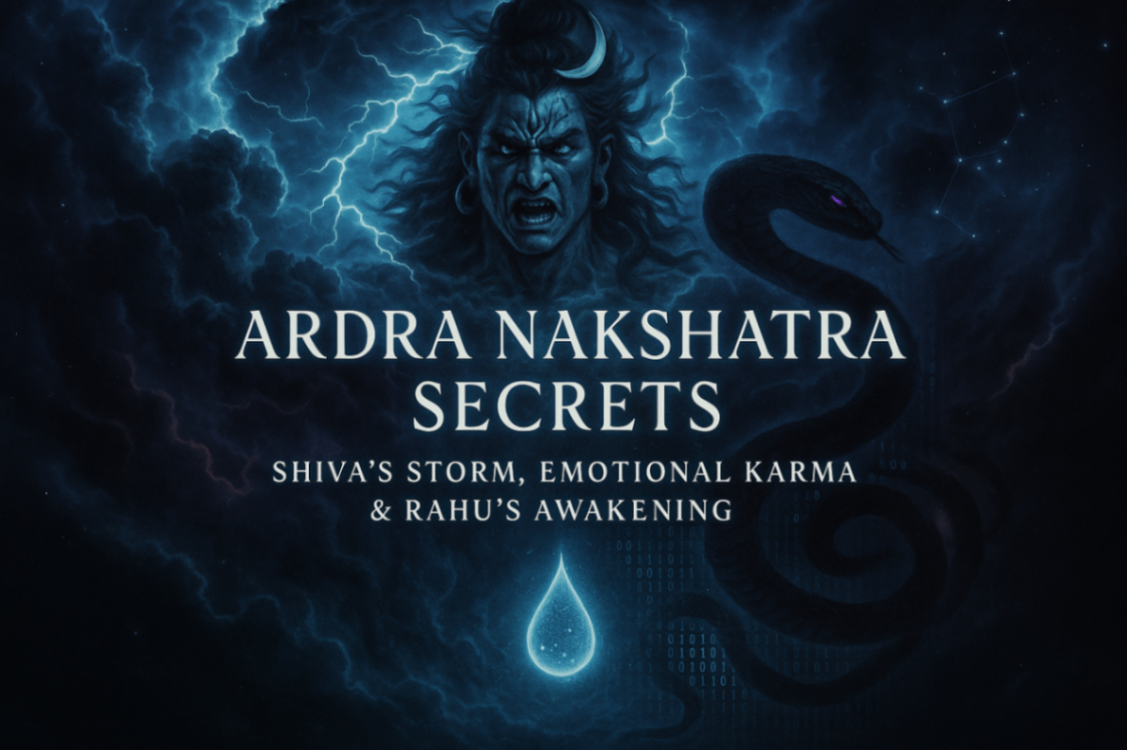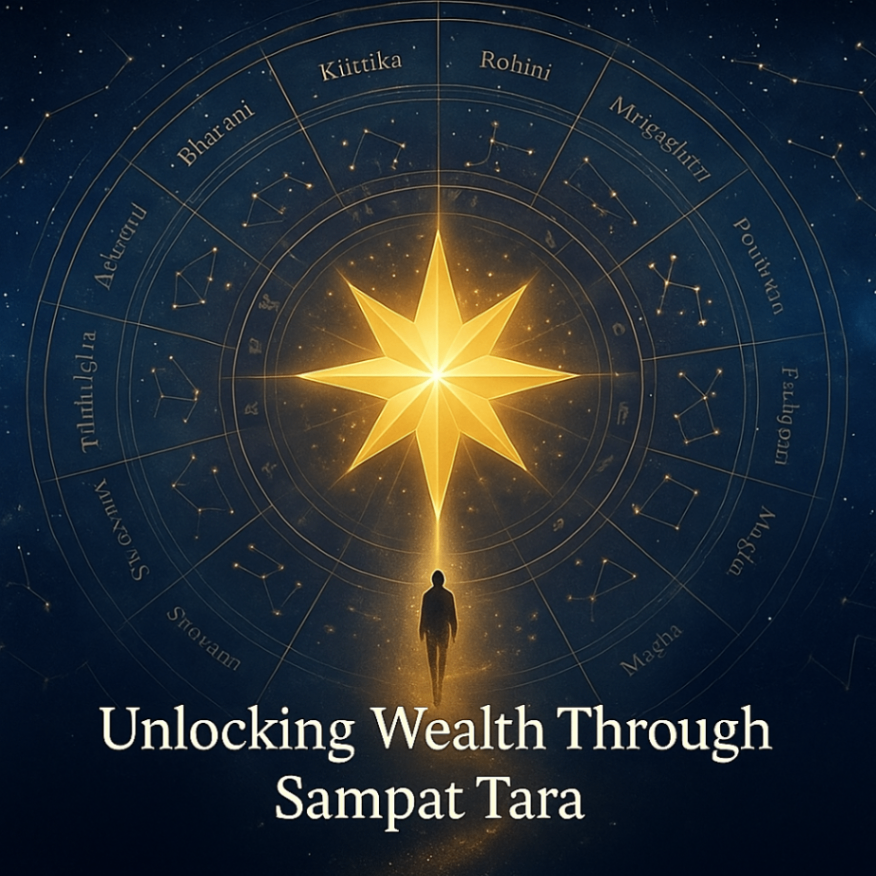Vedic Astrology: Understanding Nakshatras and Their Influences
Introduction to Nakshatras
In Vedic astrology, nakshatras hold a significant place. They are lunar mansions or segments along the ecliptic. Each nakshatra spans 13 degrees and 20 minutes, making up the 27 divisions of the zodiac. Nakshatras are crucial in determining astrological influences and understanding a person’s characteristics, behavior, and destiny.
Categories of Nakshatras
To simplify the understanding of nakshatras, they can be categorized into seven different groups based on various attributes. One such categorization is based on the "Guna" or the inherent nature of the nakshatra.
Fierce Nakshatras (Ugra Nakshatras)
The term "Ugra" translates to fierce or intense, and nakshatras falling under this category have the potential to cause pain and suffering. Examples of Ugra nakshatras include Ardra, Ashlesha, Jyeshtha, and Mula. These nakshatras are often associated with powerful and transformative energies.
Understanding the Influence of Ugra Nakshatras
When a planet is placed in an Ugra nakshatra, it can indicate the potential for significant challenges and hardships. For instance, if the seventh house or its lord is afflicted by an Ugra nakshatra, it is essential to be cautious about relationships and marriage. Consulting an astrologer for a detailed analysis can help mitigate potential adverse effects.
Ardra Nakshatra
Ardra nakshatra is known for its intense and transformative energy. It is associated with the deity Rudra, the fierce form of Lord Shiva. People born under Ardra are often driven by a desire for change and are not afraid to face challenges head-on. However, this nakshatra can also bring emotional turbulence and instability.
Ashlesha Nakshatra
Ashlesha nakshatra is ruled by the serpent deity, representing hidden knowledge and mysticism. Individuals with prominent Ashlesha influence are often intuitive and possess deep insights. However, this nakshatra can also bring about deceptive tendencies and manipulative behavior if negatively influenced.
Jyeshtha Nakshatra
Jyeshtha nakshatra is associated with Indra, the king of gods. It symbolizes power, leadership, and authority. People born under Jyeshtha are often ambitious and strive for excellence. However, they may face struggles related to ego and pride, which can lead to conflicts and challenges.
Mula Nakshatra
Mula nakshatra is ruled by the goddess Nirriti, associated with dissolution and destruction. This nakshatra signifies the uprooting of old structures to pave the way for new beginnings. While it can bring about significant transformations, it can also lead to upheavals and instability.
Afflictions and Remedies
If a person's chart shows afflictions related to Ugra nakshatras, it is essential to take remedial measures to mitigate negative influences. These remedies may include performing specific rituals, wearing gemstones, and seeking guidance from a knowledgeable astrologer. Understanding and addressing these influences can help individuals navigate challenges and lead a more harmonious life.
Conclusion
Nakshatras play a vital role in Vedic astrology, offering deep insights into a person's life and destiny. By understanding the characteristics and influences of different nakshatras, individuals can better navigate their paths and make informed decisions. Whether it's the fierce energy of Ugra nakshatras or the nurturing nature of others, each nakshatra holds unique significance in shaping our lives.
```







































